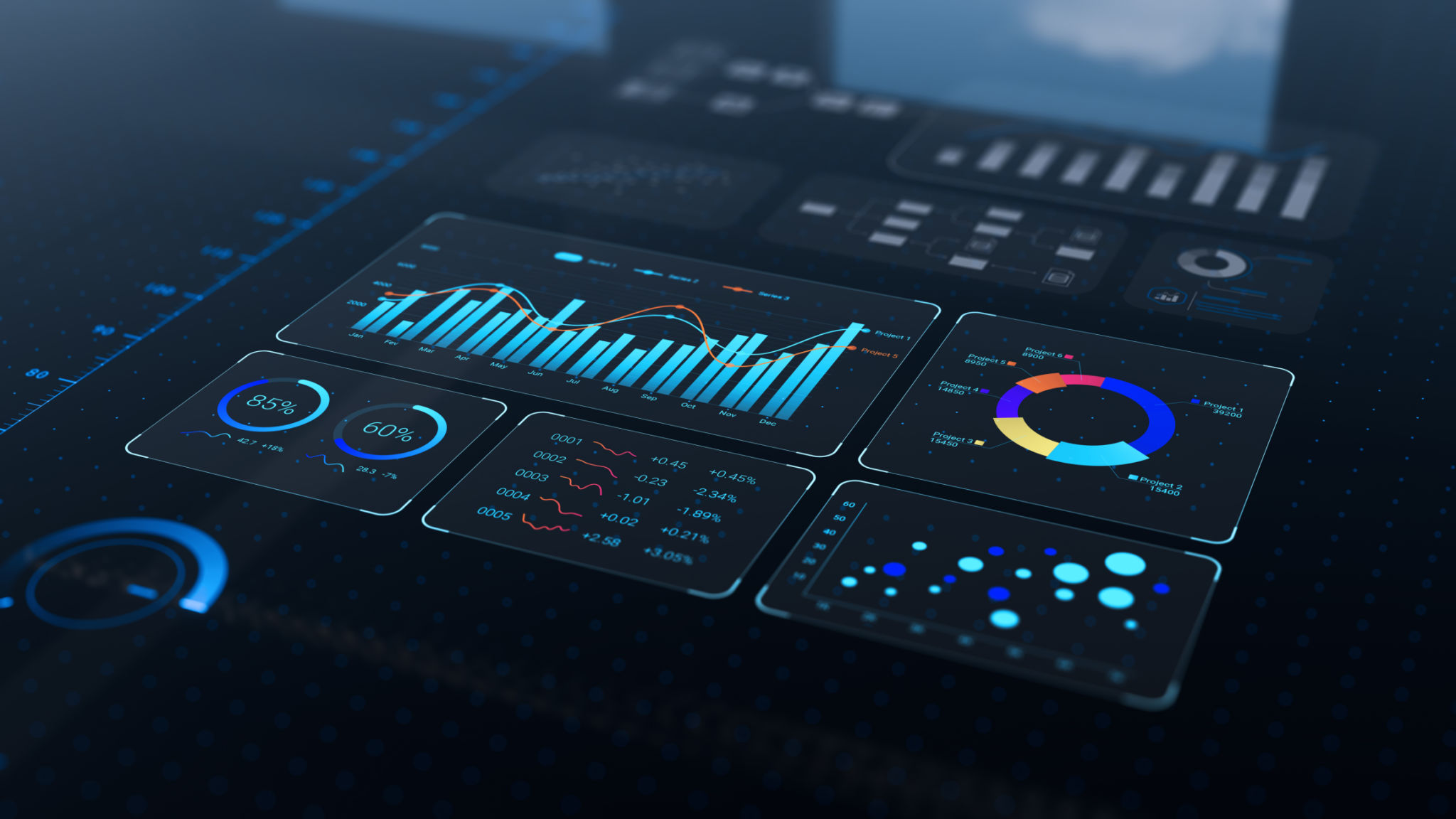How to Effectively Use Social Media Analytics and Reporting to Improve Your Campaigns
Understanding Social Media Analytics
Social media analytics is the process of gathering and analyzing data from social media platforms to understand and improve your campaigns. This data can include metrics like engagement, reach, impressions, and follower demographics. By effectively using this data, businesses can make informed decisions to enhance their social media strategies.
One of the key benefits of social media analytics is the ability to track performance over time. This helps identify trends and patterns that can be leveraged for future campaigns. Additionally, analytics provide insights into what content resonates best with your audience, allowing you to tailor future posts for maximum impact.

Setting Clear Goals
Before diving into the data, it's crucial to set clear goals for your social media campaigns. These goals should be specific, measurable, attainable, relevant, and timely (SMART). Having well-defined objectives will guide your analysis and help you determine which metrics are most important for evaluating success.
For instance, if your goal is to increase brand awareness, you might focus on metrics such as reach and impressions. On the other hand, if you're aiming to boost engagement, you would prioritize tracking likes, shares, and comments. By aligning your analytics with your goals, you'll gain more meaningful insights.
Selecting the Right Tools
There are numerous tools available for social media analytics and reporting. Popular options include Google Analytics, Hootsuite, and Sprout Social. Each tool offers different features and capabilities, so it's important to choose one that aligns with your specific needs and budget.
When selecting a tool, consider factors like ease of use, integration capabilities with your existing systems, and the depth of insights provided. Additionally, some tools offer advanced features like sentiment analysis and competitor benchmarking, which can be valuable for more in-depth analyses.

Interpreting Data and Making Adjustments
Once you've gathered data from your campaigns, the next step is to interpret it effectively. Look for patterns or anomalies that can provide insights into what's working and what isn't. For instance, a sudden spike in engagement may indicate a particularly successful post or campaign feature.
After interpreting the data, it's essential to make informed adjustments to your campaigns. This might involve tweaking your content strategy, posting schedule, or targeting different audience segments. Regularly reviewing and updating your approach based on analytics can lead to sustained improvements in performance.
Reporting and Communication
Effective reporting is key to communicating the results of your social media campaigns to stakeholders. Create comprehensive reports that highlight key metrics, insights gained, and actions taken based on the data. Visual aids like graphs and charts can help convey complex information clearly.
When presenting your findings, focus on tying the results back to your initial goals. This not only demonstrates the value of your efforts but also helps stakeholders understand the impact of social media on overall business objectives.

Continuous Improvement
The world of social media is constantly evolving, making it crucial to stay updated with the latest trends and changes in platform algorithms. Regularly revisiting your analytics strategy will ensure you're taking advantage of new opportunities and maintaining an edge over competitors.
Encourage a culture of continuous improvement within your team by regularly discussing analytics insights and brainstorming new ideas for future campaigns. By fostering an environment where data-driven decision-making is prioritized, you'll be better equipped to achieve long-term success in your social media efforts.